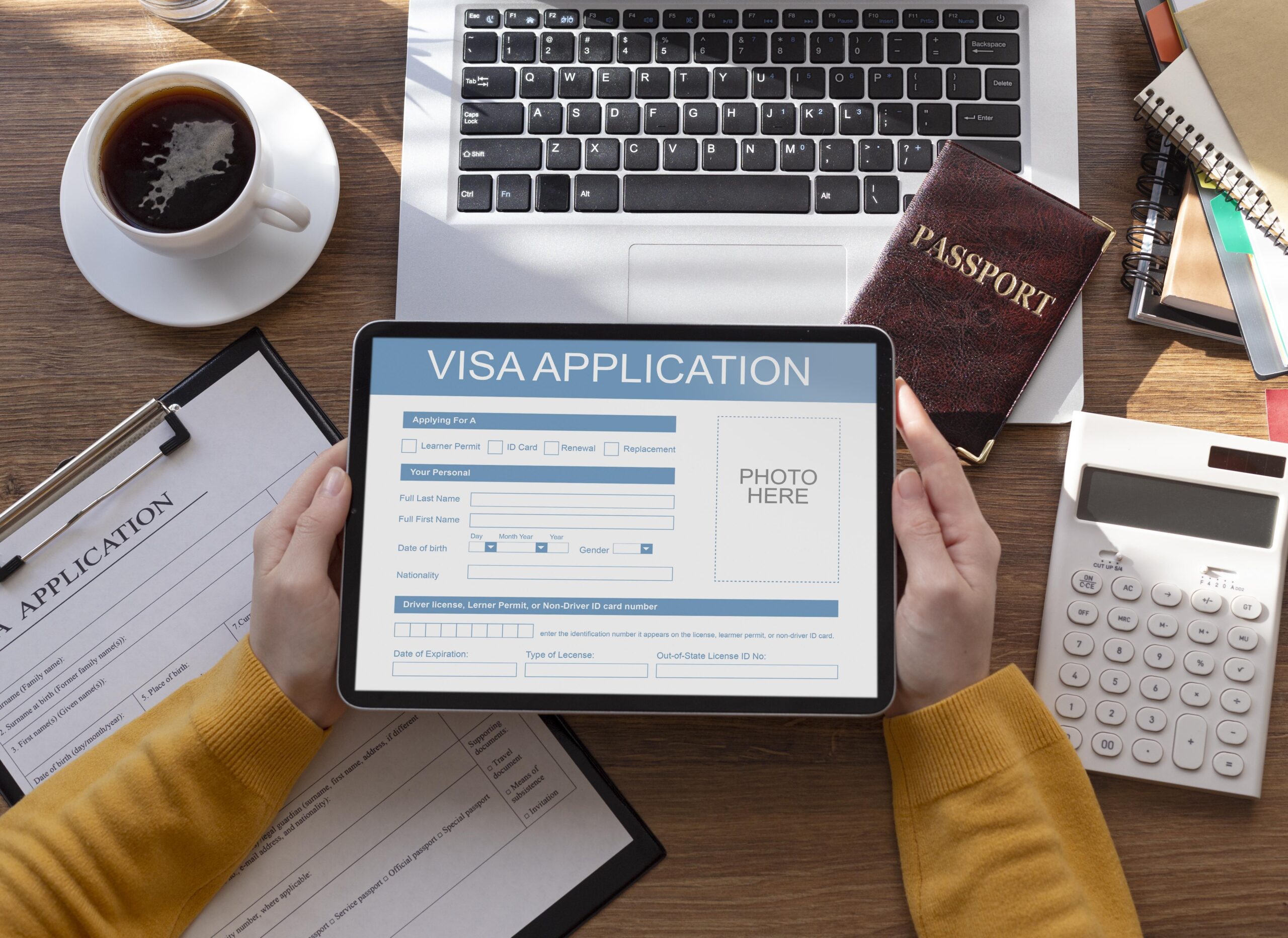You’ve just received that dream job offer from a U.S. company. The excitement is palpable, but then reality hits – you need a work visa. Unexpectedly, you find yourself navigating through various visa classifications, complicated forms, and unfamiliar terminology. If you’re feeling overwhelmed, you’re not alone. Thousands of talented professionals stand where you are right now, wondering how to transform that job offer into the legal right to work in the United States.
This guide will walk you through the U.S. work visa process step by step, breaking down complex concepts into understandable actions. Whether you’re a software engineer from India, a doctor from Africa, a nurse from the Philippines, or a business professional from Brazil, this roadmap will help you navigate your journey to working legally in the United States.
Understanding U.S. Work Visa Categories
The first step in your journey is understanding which visa category fits your situation. The U.S. offers several work visa types, each designed for specific circumstances. The first is the:
Temporary Work Visas
As a foreign national seeking employment in the United States, you must obtain the appropriate visa first. If the job is for a specified duration, then a temporary work visa suits you in this situation. There exists a total of 11 categories for temporary worker visas. Most candidates for these visas are required to have a petition that has been approved. The intended employer must then submit the petition on behalf of the applicant. The petition is subsequently evaluated by U.S. Citizenship and Immigration Services (USCIS).
Temporary Work Visa Classification
- This is for jobs requiring specialized knowledge and at least a bachelor’s degree or equivalent experience in the specialty occupation. Includes fashion models, physicians, and DOD project participants.
- Subject to annual caps
- Initial stay of up to 3 years, extendable to 6 years
- L-1 Visa: Intracompany Transferee
- For employees transferring to a U.S. branch/affiliate of their current employer
- Must have worked for the company for at least 1 year in the past 3 years
- L-1A (managers/executives): Up to 7 years
- L-1B (specialized knowledge): Up to 5 years
- For individuals with extraordinary ability in sciences, arts, education, business, or athletics
- Initially granted for up to 3 years, then extendable in 1-year increments
- For citizens of Canada and Mexico in specific professional categories
- Granted for up to 3 years, with unlimited extensions
- Specifically for Australian citizens in specialty occupations
- Valid for up to 2 years, with unlimited extensions
- This is for applicants performing temporary or seasonal agricultural work. Only citizens or nationals of designated countries are eligible for this visa. There are limited exceptions.
- Valid for up to 3 years
Permanent Work Visas (Green Cards)
- The first preference visa category is for outstanding professors/researchers, multinational managers/executives, and persons of extraordinary ability
- For professionals with advanced degrees or exceptional ability
- May require labor certification unless a National Interest Waiver is obtained
- For skilled workers (2+ years training/experience), professionals (bachelor’s degree), and unskilled workers
- Requires labor certification
- For special immigrants, including religious workers, special immigrant juveniles, certain broadcasters, international organization employees, U.S. government employees abroad, armed forces members, Panama Canal employees, certain physicians, and informants on criminal/terrorist activities
- No labor certification is required.
- For foreign investors who make necessary investments in U.S. commercial enterprises
- Must create or preserve 10 permanent full-time jobs for qualified U.S. workers
- Includes the Regional Center Program for investors in USCIS-approved centers promoting economic growth
Step-by-Step Guide to Obtaining a Work Visa
Step 1: Find an Employer Willing to Sponsor You
The foundation of most U.S. work visas is employer sponsorship. Here’s what this means:
- The employer must offer you a legitimate job position
- They must be willing to petition on your behalf
- They need to demonstrate that hiring a foreign worker won’t negatively impact U.S. workers
- They must pay required fees (though the employee may pay some)
Step 2: Determine the Appropriate Visa Category
Work with your employer’s HR department or an immigration attorney to identify the most suitable visa category based on the following:
- Your qualifications and background
- Job Requirements
- Company structure (especially relevant for L-1 visas)
- Timeline requirements
Step 3: Labor Condition Application (For H-1B, E-3, and Some Other Visas)
Before filing the visa petition, many employers must first file a Labor Condition Application (LCA) with the Department of Labor, attesting that:
- They will pay you the prevailing wage for your occupation in your geographic area
- Your employment won’t adversely affect other workers
- There is no ongoing strike or lockout
- Notice of filing has been given to existing employees
Step 4: Petition Filing (Form I-129)
Your employer will file Form I-129, Petition for Nonimmigrant Worker, with USCIS on your behalf:
- This form establishes your eligibility for the requested visa classification
- Supporting documents must be included (varies by visa type)
- Filing fees must be paid (as of 2024, the base fee is $460, with additional fees depending on visa type)
- Processing can take several weeks to months
Step 5: Wait for USCIS Approval
After submission, USCIS will review your petition, and you may receive a Request for Evidence (RFE) if USCIS needs additional information. Check USCIS Processing Times.
Step 6: Visa Application at U.S. Consulate (If Outside the U.S.)
Once your petition is approved, you’ll need to apply for the actual visa stamp at a U.S. consulate:
- Complete Form DS-160 (Online Nonimmigrant Visa Application)
- Pay the visa application fee
- Schedule a visa interview appointment
- Prepare for and attend the interview
- Wait for visa processing (typically 3-5 business days)
Step 7: Enter the United States
With your visa in hand, you can travel to the U.S.:
- Bring all required documents in your carry-on luggage
- Be prepared to answer questions from Customs and Border Protection (CBP) officers
- Upon approval, you’ll be admitted and issued an I-94 record


